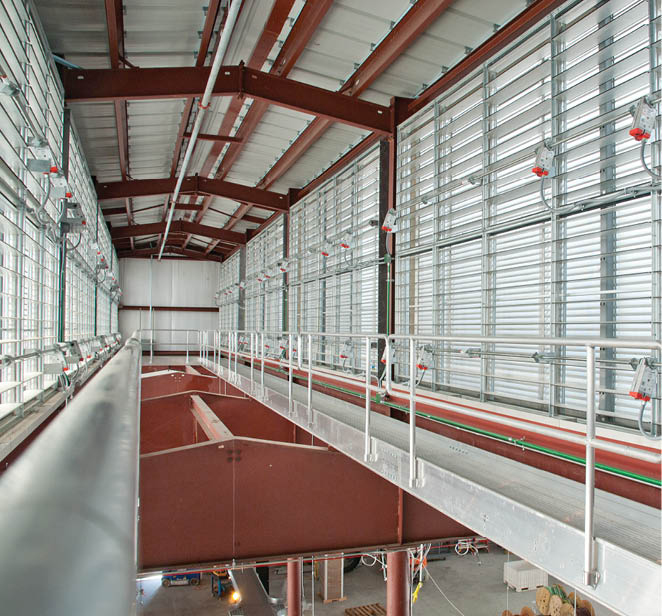Data centers are the heart of the digital infrastructure that all the primary data we consume on a daily basis resides and is processed through. This market is composed of a select number of large technology and colocation companies who have all committed to sustainability and carbon-neutral goals, most as soon as 2030.
From being cognizant of how projects are running to the materials being used, the data center industry is aggressively working to reach their goals for more sustainable projects. Location, climate, and design are significant components of sustainability. By helping clients reach their sustainability goals, STO Mission Critical delivers innovative solutions and technologies for carbon reduction to our clients.
Each client has set their sights on obtaining their own specific carbon-neutral goals by 2030. One of the critical questions in supporting data center clients is: How can our experts provide value in helping them reach zero carbon? Power Usage Effectiveness (PUE) plays an important role in understanding the energy consumed by data centers. “PUE is essentially a ratio to describe how efficient a data center is,” says Terence Deneny, vice president of STO Mission Critical. “It determines the amount of energy used to power the IT hardware compared to the overall energy used within the data center building.” According to Deneny, historically, PUE has typically been 2. However, new design standards and attention to efficiency over the last decade have gotten the number down to
1.3-1.5, which is generally expected in the industry today.
Large technology clients have goals in the range of 1.1-1.2. “We’ve been able to help clients reduce their PUE through the innovative use of locating a data center in a climate-favorable area and taking a unique approach to having no mechanical cooling, instead using 100% outside air to cool the data center,” he says.
The next step is reducing, identifying, and improving embodied carbon, which has been the topic of many conversations in the data center and construction industries. “For these companies to reach their carbon zero goals by 2030, there needs to be tracking on how they’re using carbon,” Deneny says. To do so, STO Mission Critical has developed programs for tracking embodied carbon using innovative software solutions such as ec2 and Green Badger, identifying where the construction materials most impact carbon. As of now, steel, concrete, and insulation products are the largest contributors of carbon in the construction process. Working with clients early in the tracking process is key as glazing, installation,

and waterproofing materials are large parts of the embedded carbon footprint.
Finally, large technology companies, such as Microsoft and Google, are committing to be net zero by the year 2030. Within their portfolios, which includes data centers, many of these corporations have invested in a large amount of green energy, including wind and solar power, along with alternate energy sources.
“We’re on the right track,” says Deneny.“We’re excited about the work that we’re accomplishing and look forward to a greener future within the data center industry.”
Terence Deneny, Vice President, STO Mission Critical
